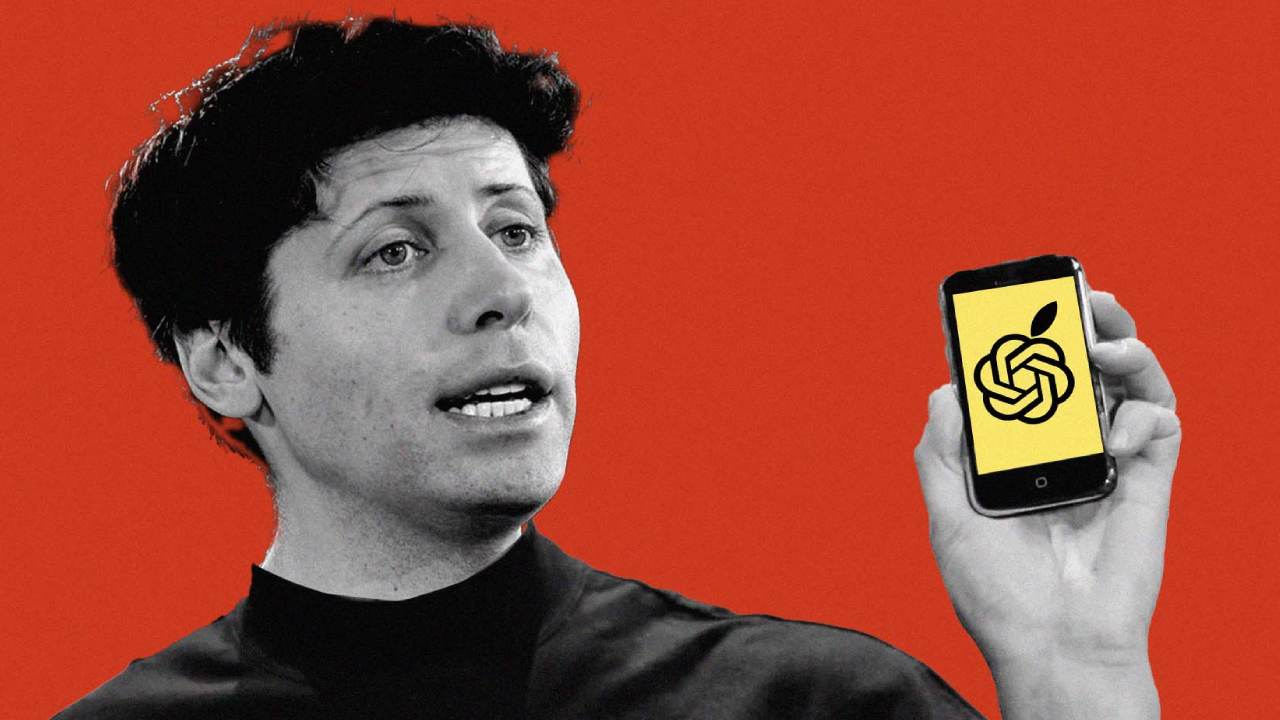
United Gaming – The conversation about OpenAI’s long-rumored AI gadget finally moved from whispers to reality when CEO Sam Altman confirmed that the first working prototype had been completed. His excitement was visible as he described the device as “amazing and fun,” hinting at something far more revolutionary than yet another piece of consumer hardware. In a warm, thoughtful tone during an Emerson Collective video, Altman spoke about how the team reached a critical milestone turning a concept into a functional object. The prototype, although still hidden from public view, symbolizes a deeper shift in how humans will soon interact with technology. It suggests a world where AI doesn’t just assist us through screens, but accompanies us seamlessly, intuitively, and constantly.
How the AI Gadget Concept Was Born
Altman has repeatedly expressed his frustration with how crowded modern smartphones feel. He compared today’s phone experience to walking through Times Square everything flashing, buzzing, and competing for attention. That analogy alone set the foundation for the new device’s philosophy. Instead of creating another screen-heavy gadget, OpenAI imagined a tool that simplifies life by removing unnecessary noise. This dissatisfaction with the current digital ecosystem became the spark behind the invention. In Altman’s view, users deserve technology that respects silence, clarity, and mental space something smartphones, overloaded with apps and feeds, seem to have forgotten.
“Read More : Indonesia’s AI Momentum Grows as Microsoft Expands Cloud Power in the Indonesia Central Region“
Reimagining Calm Technology for a Noisy World
The new device isn’t positioned as a faster, smarter smartphone; it is imagined as the opposite. Altman described the sensation he wants the gadget to provide as similar to sitting quietly by a lake surrounded by mountains peaceful, clear, and free of distraction. This poetic vision hints at how deeply emotional and human-centered the design philosophy is. Rather than overwhelming users with notifications, the device aims to intervene only when something truly matters. It’s a shift away from attention-grabbing design to a gentler, more ambient form of computing. This vision aligns perfectly with the growing demand for tech that supports well-being rather than draining it.
Capabilities That Go Beyond Today’s Mobile Devices
What makes this gadget uniquely bold is Altman’s claim that it can “do anything” for its user. While mysterious, his hints offer a glimpse into a tool that understands everything users have seen, read, said, or thought. It can filter information automatically, notify users only when necessary, and interpret context with near-human intelligence. Imagine a device that knows when to interrupt you, when to stay silent, and when to step in with guidance. This isn’t just a personal assistant it’s a digital companion. With memory, reasoning, and personalization at its core, the gadget could revolutionize how humans rely on technology daily.
“Read More : How AI Is Quietly Reshaping the Future of Modern Manufacturing“
The Powerful Alliance Behind the Device
Behind this ambitious project is a collaboration that blends the future of AI with the legacy of iconic hardware design. Sam Altman brings the AI revolution, while Jony Ive the artistic genius behind the iPhone brings design mastery. OpenAI’s acquisition of Ive’s startup, io, for $6.4 billion underscored how serious they are about redefining personal tech. With Ive leading the design and Altman shaping the intelligence, the project stands at the intersection of creativity and engineering. This partnership fuels speculation that the new device may blend the simplicity of early Apple products with the power of modern AI.
Why Jony Ive Calls the Project “Unpredictable”
Ive openly admitted that the hardware’s development has been unpredictable. Working with emerging AI capabilities means designers cannot rely on traditional assumptions about how a device should look or feel. He pointed out that large tech companies often fear ambiguity, but innovation thrives in uncertainty. The nature of AI adaptive, fluid, and evolving requires a new design language. According to Ive, the team is embracing the discomfort of not knowing exactly where the design will land, which could be a sign that something radically new is being built behind closed doors.


